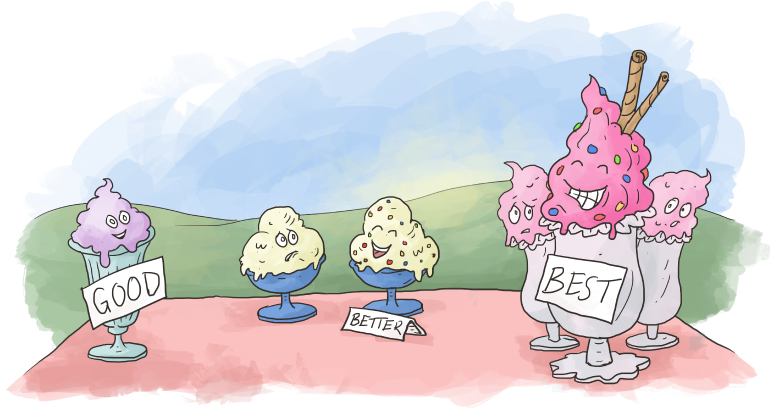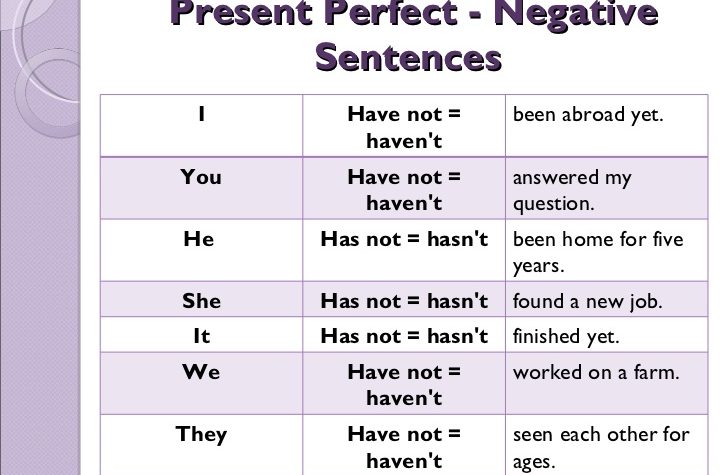Category: Grammar
Lesson Eight: The Past Continuous Tense

Lesson Seven: Superlative Adjectives
Lesson Seven: Superlative Adjectives differences in 3+ things or 3+ people Add “est” or “most” when forming superlative adjectives. (What is an adjective?) The lion is the biggest animal in this group. (There are three animals) The lion is also the most dangerous animal in this group. Remember: The superlative form is used to show …

Lesson Six: The Comparative Form for Adjectives
Lesson Six: The Comparative Form for Adjectives Use “er” at the end of small words. (one syllable) Use “more” in front of long words (2+ syllables) A lion is bigger than a cat. A lion is more dangerous than a cat. The children playing with the blocks are younger than the students going to school. …

Lesson Five: Present Perfect Tense — Questions
Lesson Five: Present Perfect Tense — Questions Have or Has + Subject + past participle Singular Plural Have I seen… Have we seen… Have you seen… Have you seen… Has he seen… Has she seen… Have they seen… Has it seen… In the example above, the verb “see” is in the present perfect tense. “Seen” …

Lesson Four: The Present Perfect Tense — Negative
Lesson Four: The Present Perfect Tense — Negative S + have or has + not + past participle Singular Plural I have not worked We have not worked You have not worked You have not worked He has not worked She has not worked They have not worked It has not worked Notice the use …

Lesson Three: The Present Perfect Tense
Lesson Three: The Present Perfect Tense S + Has or Have + the Past Participle Singular Plural I have lived We have lived You have lived You have lived He has lived She has lived They have lived It has lived (See the video at the bottom of the page.) The present perfect is used …

Lesson Two have – present and past
Lesson Two have – present and past Present Tense Past Tense I have We have I had We had You have You have You had You had He has He had She has They have She had They had It has It had Examples: I have a garden in my backyard. (present tense) I had …

Lesson One: Questions with “did”
Lesson One Questions with “did” Use “did” + the main verb in the simple form to make a question in the past tense. Did I teach you any English? (Answer: Yes, you did.) Did you learn English? (Answer: Yes, I did.) Where did you learn English? (Answer: I learned English at school.) Did he eat …
Lesson Twenty-eight (modal verb) will + be (main verb)
Lesson Twenty-eight (modal verb) will + be (main verb) To make the future tense for the verb “be” just add the modal verb “will.” Easy. After the subject and will be, you can use an adjective, a noun, a pronoun, or a preposition to describe what, where, when, how, or why something exists in the …